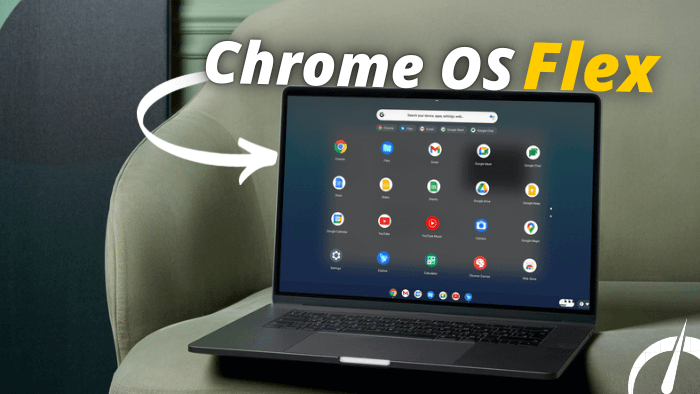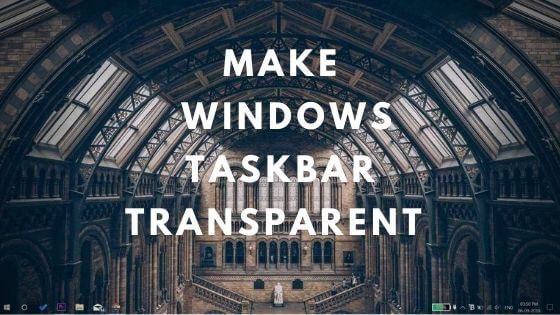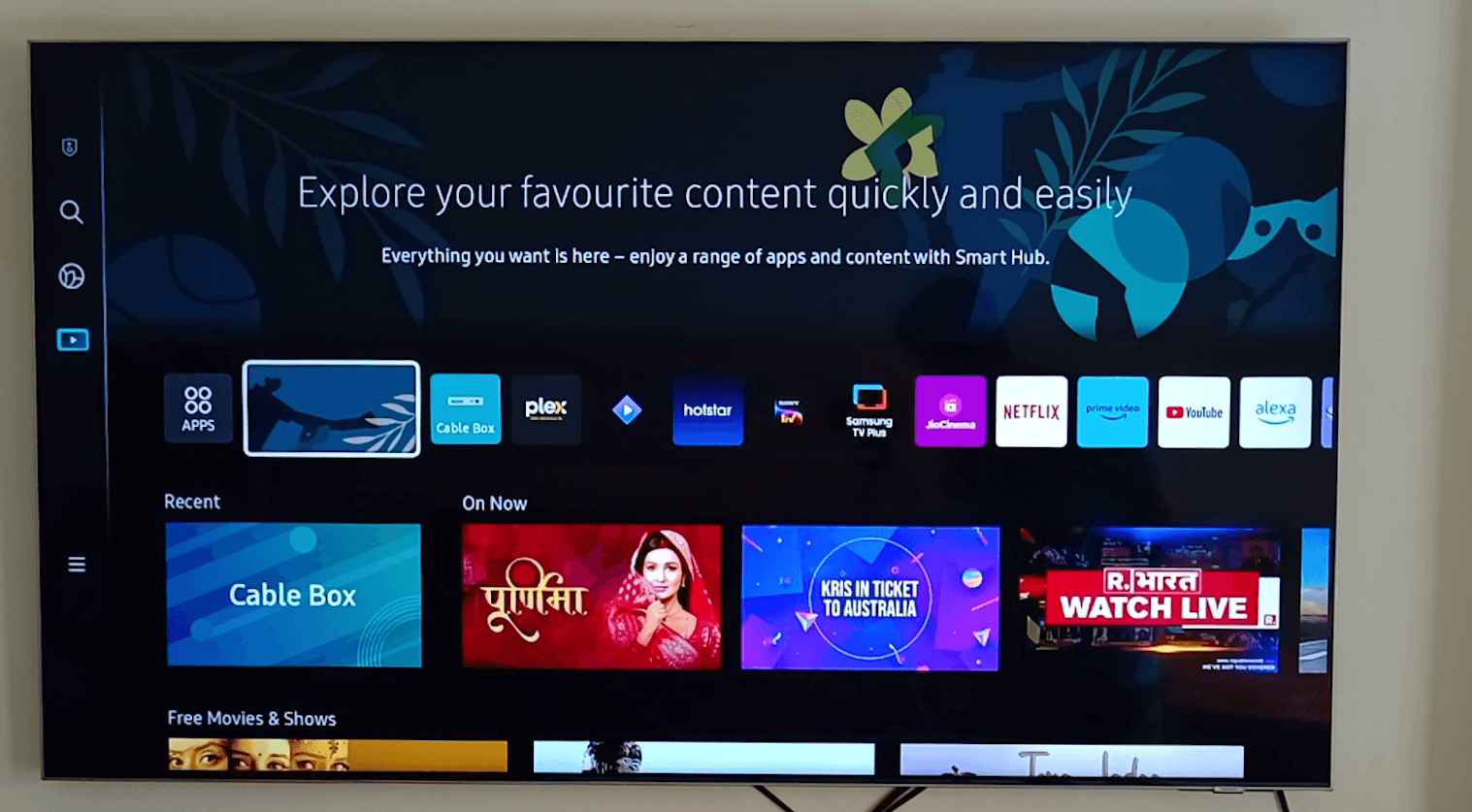When buying a TV, there are a few key things to consider to ensure you get the best option for your needs. First, consider the size of the TV and the size of the room it will be in. You’ll want to make sure the TV is the appropriate size for the space, as a TV that is too small or too large can be visually unappealing. Next, think about the resolution of the TV. Higher resolution TVs, like 4K or 8K, will provide a clearer and more detailed picture but may be more expensive. Consider the distance you’ll be sitting from the TV and your viewing habits to determine the resolution you need. In most cases, 4k resolution is more than sufficient, as almost all content available on the OTT platform comes with the highest 4k resolution.

Smart features, like the ability to stream apps and connect to the internet, can also be important to consider. Look for a TV with a user-friendly operating system and the apps you use most frequently. Majorly we have three popular OS for TV, Google Android TV, Samsung Tizen and LG Web OS. The best is android tv as it has simple user interfaces with a vast collection of apps and games.
Lastly, consider the TV’s connectivity options and make sure it has the appropriate ports for your devices (e.g. HDMI for a PS5, Xbox or streaming device). Determine your budget and look for TVs that meet your needs within that price range. Keep in mind that a higher price doesn’t always mean a better TV, so be sure to read reviews and do your research before making a purchase.
When buying a TV the first and foremost factor to look for is the display panel, we have LED, QLED and OLED panels. Picture Quality wise OLED panels are superior to QLED, but both panels have some major advantages over each other. If you are planning to buy the TV in 2022 or later year, I would highly recommend you consider only OLED or QLED TV.
OLED VS QLED TV
OLED (organic light-emitting diode) and QLED (quantum dot light-emitting diode) are two different technologies used in TVs and other displays. Both technologies have their own unique benefits and drawbacks, and which one is “best” depends on your personal preferences and needs.
OLED TVs are known for their deep blacks and wide viewing angles, as well as their ability to display fast-moving action and images with high contrast and resolution. However, they can also be more expensive than other TV technologies, and some people may notice burn-in or image retention on OLED TVs after prolonged use.

OLED burn-in is a potential problem that can affect some OLED displays over time. It occurs when a static image is displayed on the screen for an extended period of time, causing that image to become “burned” into the display. This can result in a permanent ghost image is visible on the screen, even when a different image is being displayed.

QLED TVs, on the other hand, are known for their bright and vibrant colours, as well as their ability to produce high levels of contrast and detail. They are also typically more affordable than OLED TVs, and they are less likely to suffer from burn-in or image retention. However, they may not have the same deep blacks or wide viewing angles as OLED TVs.
In general, OLED TVs are considered to be the best option for people who prioritize picture quality and viewing experience, while QLED TVs are a good choice for those who are looking for a more affordable option with good performance.
If you are going to use the TV in Bedroom or dark room, OLED will be the best option otherwise QLED is good to go. QLED TV offer nearly similar picture quality without compromising brightness level, so you can easily use the TV in the hall or living room.
HDR VS HDR 10+ VS Dolby Vision
High Dynamic Range (HDR)
This is a technology that allows for a wider range of colours and greater contrast in the images displayed on a TV. It is designed to produce a more realistic and lifelike picture, with brighter highlights and deeper blacks. There are several different HDR formats, including HDR10, HDR10+, and Dolby Vision.

HDR10 is a widely used open standard that is supported by most TVs and content providers. It allows for a high level of contrast and a wide colour gamut but does not offer the same level of flexibility as some of the other HDR formats.
HDR10+ is an improved version of HDR10 that adds dynamic metadata to the picture, allowing for more precise adjustments to be made to the image on a frame-by-frame basis. This can result in an even more realistic and lifelike picture.

Dolby Vision
This technology is a proprietary HDR format developed by Dolby Laboratories. It also uses dynamic metadata to adjust the picture on a frame-by-frame basis and is known for producing very high-quality images with a wide colour gamut and high contrast.
When choosing a TV, it’s a good idea to consider the HDR format(s) that it supports. If you want the best possible picture quality, look for a TV that supports one of the more advanced HDR formats, like HDR10+ or Dolby Vision. Keep in mind that not all content is available in these formats, so you may want to consider a TV that also supports HDR10 as a fallback.
Picture Quality Vs Features
When shopping for a TV, it is important to consider both features and picture quality. Features are the various functions and capabilities of a TV, such as its smart capabilities, connectivity options, and additional features like voice control or gaming modes. Picture quality, on the other hand, refers to the clarity, contrast, colour accuracy, and other aspects of the image that a TV produces.
Ideally, you should focus on picture quality when choosing a TV. A TV with good picture quality will provide a more immersive and enjoyable viewing experience. However, the specific importance of features and picture quality will vary depending on your personal preferences and needs, as well as your budget. For example, if you are looking for a TV for gaming, you may prioritize features like low input lag and gaming modes, while if you are looking for a TV for watching movies, you may prioritize picture quality and colour accuracy.
Latest Model Vs Predecessor Model
When deciding whether to buy a new model TV or a cheaper model from last year, there are several factors to consider. Some possible advantages of buying a new model TV include. The latest TVs often have the latest technology and features, such as improved picture quality, more efficient processors, and support for the latest video formats and content.
New model TVs may be more energy-efficient and environmentally friendly than older models. Buying a new model TV may come with warranties and other benefits, such as free delivery and setup, or access to special promotions and discounts. New model TVs may have a longer lifespan and be more reliable than older models.
On the other hand, some possible advantages of buying a cheaper model from last year include:
Older model TVs are often more affordable than the latest models, which can save you money. On old TVs, you may still have good performance and features and may be a good value for the price. Buying an older model TV can allow you to get a larger or more feature-packed TV for the same price as a smaller or less feature-packed new model TV.
Ultimately, the decision to buy a new model TV or a cheaper model from last year will depend on your personal preferences, budget, and needs. It is important to do some research and compare the available options before making a decision
Screen Size
The ideal screen size for a TV will depend on a variety of factors, such as the size of the room where the TV will be placed, the viewing distance, and the individual preferences of the user. In general, it’s recommended to choose a TV with a screen size that is proportional to the size of the room and the viewing distance.
As a general rule of thumb, the larger the room and the farther the viewing distance, the larger the screen size should be. For example, in a small room with a viewing distance of 3-4 feet, a TV with a screen size of 32-43 inches may be ideal. In a medium-sized room with a viewing distance of 6-8 feet, a TV with a screen size of 43-55 inches may be more suitable. And in a large room with a viewing distance of 10-12 feet, a TV with a screen size of 55 inches or larger may be the best option.
It’s important to note that these are just general guidelines, and the ideal screen size for your TV will ultimately depend on your individual needs and preferences. It’s always a good idea to measure the viewing distance and the size of the room before making a purchase to ensure that you choose a TV with the right screen size.
TV Viewing Angles
The range of positions from which a TV can be viewed without the picture quality degrading significantly is referred to as TV viewing angles. Different TVs have different viewing angles, and generally, a wider viewing angle means that the TV can be viewed from more positions without the picture quality suffering. This is important if there is a large group of people watching the TV or if the TV will be viewed from different positions in the room.

Android TV Vs Smart TV
It’s difficult to say which is better, a smart TV or an Android TV, as both have their own unique features and advantages. A smart TV is a television that has built-in internet connectivity and can access online streaming services, such as Netflix and Hulu. Smart TV generally has a limited set of apps on the other hand Android TV, offers access to the Google Play Store and a wider range of apps and games.
One of the main advantages of a smart TV is that it is easy to set up and use, as internet connectivity and streaming services are built-in. This means that you can start watching your favourite shows and movies right out of the box. Android TVs, on the other hand, offer a more customizable and versatile experience, as they allow you to download and install a wide range of apps and games.

Ultimately, the choice between a smart TV and an Android TV will depend on your individual needs and preferences. If you want a simple, easy-to-use television that allows you to access your favourite streaming services, a smart TV may be the best option for you. If you want a more versatile and customizable TV that offers access to a wider range of apps and games, an Android TV may be the better choice.
In general smart tv are comparatively slow and offer very less updates, on the other hand, android tv offers a vast major collection of apps and games. We also get the option to install some of the popular smartphone apps on Android TV. In a nutshell, android tv is a better option compared to smart tv, but this doesn’t mean we should only consider android tv instead of smart tv. Some company smart tv offer better picture quality and sound experience compared to android tv.



